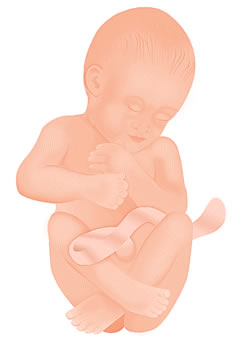 Amniotic fluid plays such a vital role during your pregnancy, but what exactly is it and what is the role that it plays?
Amniotic fluid plays such a vital role during your pregnancy, but what exactly is it and what is the role that it plays?
What is the role of Amniotic Fluid?
Amniotic fluid fills the sac surrounding your developing baby and plays several important roles:- It has a cushioning effect that protects your baby from trauma.
- It prevents the umbilical cord from being compressed and reducing your baby’s oxygen supply.
- It helps maintain a constant temperature in the womb.
- It protects against infection.
- It allows your baby to move around so that his muscles and bones develop properly.
- Keeping just the right amount of amniotic fluid in the sac.
- The swallowing of the fluid allows your baby to practice “breathing”.
- The cycle also allows for ensuring that the amniotic fluid is fresh.
How much Amniotic Fluid should I have?
In a normal pregnancy the amount of amniotic fluid which you have will increase until you start your third trimester. When your level peaks out you would probably have around a quart of fluid in the sac. Once you reach the 34th week the amount of fluid in the sac will gradually decrease until you give birth.Will I know if I have too much Amniotic Fluid?
The good news is that this usually happens in about 1% of pregnancies. It is usually picked up by your doctor if your uterus grows too quickly. Other indications may also include:- Unusual abdominal discomfort
- Increased back pain
- Shortness of breath
- Extreme swelling in your feet and ankles
What could be causing this problem?
There is no known cause for this particular complication, although they do believe they have narrowed the possible reasons to:- Maternal diabetes
- Carrying twins or triplets
- Fetal abnormalities
- Fetal anemia
What will happen?
If you’re diagnosed with excessive amniotic fluid your healthcare provider will order a high-resolution ultrasound to check for any indications that there may be abnormalities, and possibly an amniocentesis to test for genetic defects. If your healthcare provider is worried that this may be an issue you may also be required to have regular non-stress tests and ultrasounds done for the remainder of your pregnancy. Your healthcare provider will be watching your baby’s development and he or she may also be watching for any signs of preterm labor. Once you go into labor, you will still be monitored closely for any signs of an umbilical cord prolapse (when the cord falls through your cervical opening) or a placental abruption when your water breaks. Both situations will need an immediate c-section.Excess Amniotic Fluid


